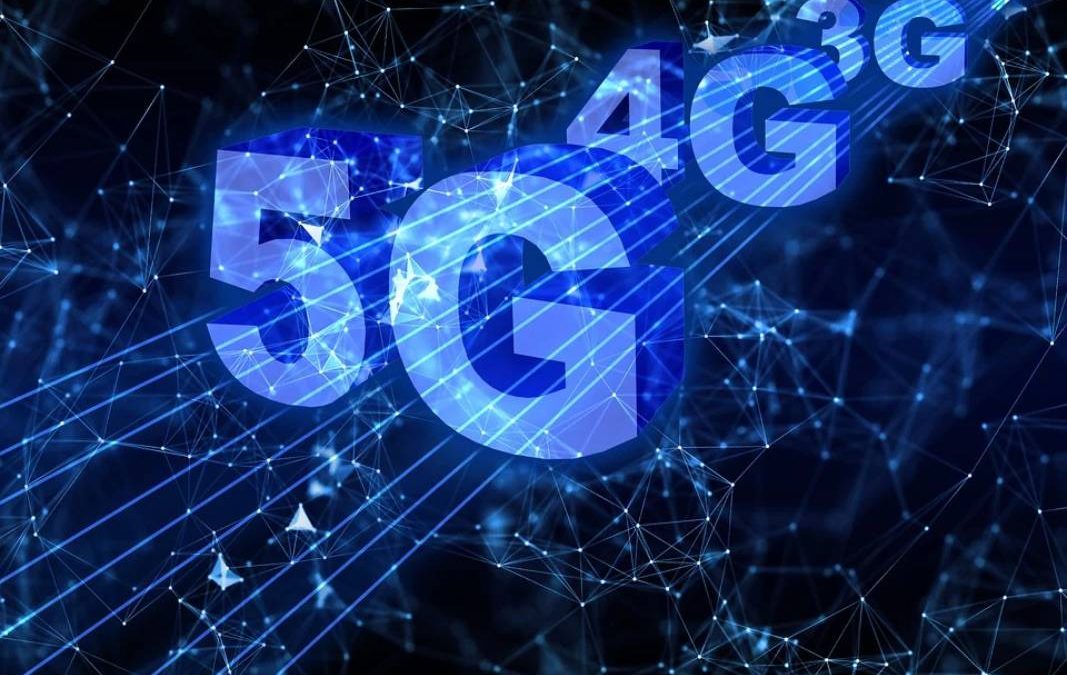With the development of modern technologies, we demand for faster Internet connection. A few years ago, 5G was launched, and now, it’s getting spread worldwide. Of course, if you play slots online for real money here, 4G is enough. But what if you want to play games where you need to be more focused, then it’s better to choose 5G. Here is how this technology is used.
Table of Contents
5G and 4G – What’s the Difference
We have already got use to the 4G standard and quite appreciated its advantages. It would seem that there is no better way. It turns out there is. Even a simple comparison of the main indicators of 4G and 5G will give you quite an eloquent picture.
Data Rate
In 5G networks, the peak speed is 20 times higher than in 4G. To give you an example: while you are downloading a single Full HD movie on your fourth-generation device, your neighbor with 5G will download two dozen of the same movies from m4u movies ,at the same amount of time. And even if this is the ideal situation, under adverse conditions it will be about the same: 5G cellular networks will be much faster.
Signal Delay
Latency is the time interval between your actions on the gadget and the reaction of the application in which you are working or playing. This parameter has a noticeable impact on the quality of online games, video and audio conferences conducted over the mobile Internet.
The 4G has a signal delay of about 40 milliseconds, which is enough to miss in a moving game, even if you aim accurately: by the time the system reacts, the enemy has already changed location and you miss the seemingly right shot. This, of course, is annoying.
Fifth-generation networks ideally have a delay of one millisecond or less than five – the difference with 4G is at least eight times. That’s a lot.
Network Capacity
The number of mobile devices that we use for different purposes is growing every day. Smartphones, tablets, laptops, fitness bracelets, and game consoles all work via mobile networks. The Internet of Things promises difficult times for today’s 4G networks: the many sensors, video cameras, and other devices that are actively used in smart technology also need to be connected to the mobile network. 4G will not cope with this invasion in the foreseeable future, but 5G will.
5G allows you to create up to a million connections per square kilometer, an order of magnitude higher than the previous generation of networks.
5G network capacity is enough to connect all our smart elevators, traffic lights, cars, medical equipment, etc. The 5G home network will finally save you from freezing and slowdowns of personal gadgets and other equipment: PCs, cell phones, camcorders, smart fridges, etc. Connect them all at once and enjoy uninterrupted operation
Also Read: Brave Browser Review – Is It Worth Using, Summary, and More
Energy Efficiency
5G networks will be able to work with low-power Internet of Things devices. Many microsensors and sensors will serve autonomously for months without changing or recharging battery power. This is important because providing millions of IoT devices with access to the power grid would be an extremely difficult engineering task, often not solvable at all: it would negate all the benefits of the emergence of the Internet of Things.
Degree of Mobility
Modern man never sits still and spends a significant part of his life in moving transport – and in these moments he also wants to get online. Especially when they have to spend several hours on the train. 5G can work properly even on Japanese express trains traveling at 500 km/h.
The new generation of networks is not afraid of the constant increase in our own mobility, they will ensure the transfer of data without loss of quality.
Where 5G Is Used
Fifth-generation networks will make it possible to connect all smart home devices into a single high-speed system. Meters, door locks, game and TV sets, climate control and security systems. Can all connected via a mobile network to a single control device.
What about a smart home – 5G can unite the devices of an entire smart city. Traffic lights, surveillance cameras, bank terminals, parking meters, car navigators, rented vehicles. Smart devices will exchange information with each other in real time. Due to this, moving around the city will become as comfortable and safe as possible, new convenient services will start operating, and the city utilities will receive modern monitoring tools.

